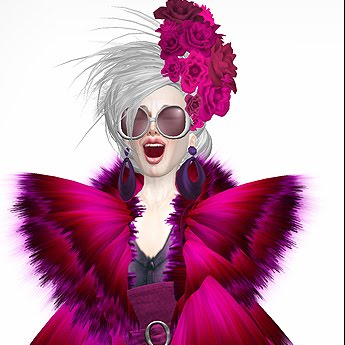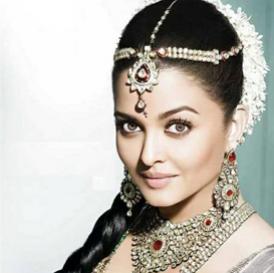As a Hindu girl you must have heard the term “Solah Shringar” umpteen times being uttered by your mother, grandmaa or other female relatives. And now that you have grown up to be your Daddy’s princess soon to get wedded to your Prince Charming, it is time that you get prepared to deck yourself up in the sixteen adornments of the Hindu ritual of Solah Shringar.
What is Solah Shringar?
Solah Shringar alludes to the ritual whereby the Indian Hindu bride is embellished from the top of the head to the toe in sixteen kinds of adornments, covering almost every part of the body. It is a symbol of femininity and fertility as linked with the Goddess Lakshmi, who is the goddess of beauty, fertility and prosperity in the Hindu culture. It also subtly relates to the phases of the moon, also sixteen in number, and is believed to bring to naught the evil effects it has on the menstrual cycle. Take a glimpse at the accessories and jewels which Solah Shringar encompasses.
Solah Shringar alludes to the ritual whereby the Indian Hindu bride is embellished from the top of the head to the toe in sixteen kinds of adornments, covering almost every part of the body. It is a symbol of femininity and fertility as linked with the Goddess Lakshmi, who is the goddess of beauty, fertility and prosperity in the Hindu culture. It also subtly relates to the phases of the moon, also sixteen in number, and is believed to bring to naught the evil effects it has on the menstrual cycle. Take a glimpse at the accessories and jewels which Solah Shringar encompasses.
- Keshapasharachana- The kesh or hair is tied in tune with the latest fashion, and in sync with her wedding attire. It is then adorned with Gajra (flowers) and jewellery known as Maangtika.
- Sindoor- Sindoor refers to Vermillion or the red powder that the groom first applies on the centre parting of the hair of his bride during the marriage ceremony. It denotes the aspect of completeness, which a woman accomplishes, as she gets united with her man with the sacred ritual of marriage.
- Bindi- This too bears a religious connotation and is applied on the forehead along with white and red dots around to accentuate its beauty.
- Anjana- This refers to the Kajal (Kohl) applied on the lower eyelids to augment the beauty of the bride’s countenance and make her appear attractive to her husband.
- Nath- Nose Ring or Nath is worn around the left nostril and is generally made of gold and is studded with precious gems like diamond.
- Karnphool- Karnphool or earrings can be quite heavy embellishments, and if you find it difficult to bear the weight you can go for a chain as a support to pass on the sides of your head.
- Mangalsutra- As a bride you will be decked up with necklaces or haar of different lengths symbolizing prosperity, one of them being the mangalsutra which will be given by your groom.
- Choodiyan- Bangles and bracelets made of gold are worn, as a wish for the husband’s long life.
- Mehendi- Made from the leaves of the Henna tree, mehendi is applied on the hands as well as the feet. These beautiful and intricate designs epitomize the affection and love between the couple.
Other adornments comprise the ‘baajuband’ worn on the upper part of the arm and a beautiful belt like jewellery of silver or gold called ‘kamarband’ donned round the waist.
Along with the above things, itar (fragrance), rings, ‘payal’(anklets) and bicchuas (toe rings) also adorn a bride. Finally, the exuberant, gorgeous wedding lehenga or saree, generally in red or magenta or any bright colour lends the final touch to the complete trousseau of Solah Shringar.



No comments:
Post a Comment